
It’s been an extremely busy year for Capcom. Monster Hunter Rise and its expansion Sunbreak are finally available on Xbox and PlayStation consoles. Resident Evil 4 Remake is an incredible success, selling over four million units in about two weeks. Even Mega Man Battle Network Legacy Collection has done surprisingly well, with over one million units sold.
However, there are still some heavy hitters to come, with Street Fighter 6 perhaps being the biggest. In terms of size and scale, it’s probably the most feature-packed Street Fighter yet from Capcom, offering extensive single-player and multiplayer options. Even more importantly, it’s a chance for the series to redeem itself after the disastrous launch of Street Fighter 5 and its underwhelming presence over the years.
Street Fighter 6 launches on June 2nd for PS4, PS5, Xbox Series X/S and PC. How does it compare to its predecessor in terms of features, characters and content? What can newcomers and veterans expect? Will it really sell over 10 million copies in its lifetime like Capcom hopes? Well, we can’t answer that last part, but Street Fighter 6 is a big step forward in almost every way, starting with…
No Yoshinori Ono
Perhaps the biggest difference between Street Fighter 6 and 5, and many games prior, is that Yoshinori Ono isn’t working on it. Ono has been at Capcom since 1998 and was involved with the Street Fighter series. He also worked on many other classic titles like Onimusha, Breath of Fire, the list goes on. Before and after his departure, Street Fighter 6 was directed by Takayuki Nakayama, who also directed the previous game. Kazuhiro Tsuchiya, lead producer for the Mega Man series, served as producer.
Drive Gauge vs. V-Gauge
Whether due to Ono’s departure or just from the negative reaction to Street Fighter 5 at launch, Street Fighter 6 introduces multiple wholesale changes. It has the Drive Gauge, which fuels techniques like Parry to knock aside an enemy’s attack. Drive Impact will deliver a powerful blow while absorbing a hit, and Overdrive Arts work like EX Moves.
Drive Rush lets you close the distance, and is cancellable from a normal attack or Parry, and Drive Reversal allows for quickly escaping combos and counter-attacking. Overspending the Drive Gauge causes Burnout, which makes the player weaker to stuns. However, there’s a risk vs. reward to getting one big move to turn the tide, even if it means suffering from Burnout.
Street Fighter 5 relied on the V Gauge, which allows for using V-Skills, V-Reversals, V-Triggers and V-Shifts. V-Skills vary between characters and activate special skills (with additional V-Skills added in the Champion Edition); V-Triggers provide unique effects, like extra hits to a Special Move or a damage boost. V-Reversals are, as the name indicates, for reversing attacks and countering, while V-Shifts allow for dodging and counter-attacking.
Multiple Super Combos
Street Fighter 5 had Super Combos, but they were instead called Critical Arts, and pretty much every character (except for Akuma, Kage and Dan) had one. Critical Arts could also change for some characters like Ryu, Guile and so on if their V-Triggers are active.
Street Fighter 6 returns to the Street Fighter Alpha era of each fighter having multiple Super Combos, determined by different meter levels. If a Level 3 Super Combo is activated at 25 percent health or less, it becomes a Critical Art, which deals more damage or changes entirely. Depending on the meter’s levels and types of moves, it’s possible to cancel Overdrive Arts and Special Moves into a Super Combo.
Extreme Battle vs. Extra Battle
While 1v1s and ranked matches are all fine, what does Street Fighter 6 offer in terms of more “fun” modes? There’s the new Extreme Battle, where battles have unique, often bizarre, gimmicks thrown in. You could be fighting on the street, and suddenly, a bull rampages through, opening up your opponent. Another sees balls thrown into the arena, which you can hit back and forth, causing damage to your opponent. You could also have Mets from Mega Man dropped in, or even electric coils, which can shock both fighters if they’re too close.
Perhaps the closest comparison in Street Fighter 5 would be Extra Battle, where players could spend Fight Money and face opponents in exclusive fights available for a limited time. You could face stronger, alternate versions of fighters like Chun-Li, Akuma, M. Bison and Ryu, or characters wearing alternate outfits (like Ibuki in Kirin armor from Monster Hunter or Balrog as Guts Man from Mega Man).
Winning these battles conferred Fight Money, EXP, titles, premium outfits and even Fortune Tickets for a gacha-like system called Fighting Chance to earn alternate costumes, artwork and costume colors. Of course, Street Fighter 5 also had Missions for completing specific objectives in different modes for rewards and Trials, which challenged players to perform specific combos.
Launch Rosters
Street Fighter 5 launched with 16 characters, 12 from previous games and four brand new. Its first season of DLC content added six more characters – Alex, Balrog, Guile, Ibuki, Juri and Urien. By comparison, Street Fighter 6 launches with 18 characters. Twelve are from previous titles and include fighters who were DLC in the previous game, like Juri, Luke and Guile, while six are brand-new. However, its first Season Pass only adds four new characters, including Akuma, Rashid, Ed and series newcomer A.K.I.
New Characters
Out of the four new fighters introduced in Street Fighter 5 – Rashid, Necalli, Laura and F.A.N.G. – none of them are available in Street Fighter 6’s base roster. It features Manon, a ballerina and expert judoka; MMA fighter and jewellery designer Manon; Kimberly, a graffiti artist trained by Guy; the enigmatic JP, who serves as the main villain; Lily of T. Hawk’s Thunderfoot tribe; and Jamie, Luke’s rival who practises kung fu and also break dances.
RE Engine vs. Unreal Engine 4
The Street Fighter series has seen its share of engine changes throughout the years, with Street Fighter 4 relying on Capcom’s MT Framework Mobile. Street Fighter 5 saw the series adopting Unreal Engine 4 and an animated aesthetic with noticeable brushstrokes like its predecessor.
Street Fighter 6 uses Capcom’s RE Engine, adopting a somewhat more realistic style but peppering in plenty of graffiti and colorful effects to reinforce the over-the-top nature of fights. Also, based on impressions from the betas and demo, performance is extremely smooth on consoles. Your mileage with the PC version will vary, as it usually does, and based on all the troubling ports this year, caution is advised.
Rollback Netcode
Several things marred Street Fighter 5 out of the gate, but perhaps none more so than the quality of online matches. Though it sported rollback netcode, this didn’t automatically equal matches with zero connectivity issues. Street Fighter 6 is also launching with rollback netcode and director Takayuki Nakayama confirmed it wouldn’t be the same as Street Fighter 5. The development team is building the game’s rollback netcode from scratch, and impressions from the betas are generally positive. As always, time will tell how it fares at launch.
Crossplay
At launch, Street Fighter 5 was one of the few games to support cross-platform multiplayer between the PS4 and PC versions. Sure, online match quality was terrible, but it was still quite the achievement. Street Fighter 6 will up the ante further, supporting full cross-platform play between all platforms.
Modern, Dynamic and Classic Control Schemes
Street Fighter 6 is the first game in the series to have multiple control types to appeal to a wider range of players. Modern controls provide simplified inputs for Special Moves, so a Hadouken can be done by only pressing Triangle or Y, while a Shoryuken is Right on the D-Pad + Triangle/Y, and so on. Holding down R2/RT and pressing an attack button, players can perform complex combos with assistance.
Dynamic controls are even simpler. You have the face buttons, and depending on your position, it performs attacks and combos automatically. Note this isn’t available in online play and specific Fighting Ground modes.
Finally, there are Classic controls, providing the traditional six-button layout and requiring complex inputs to perform Special Moves. It’s the style that most Street Fighter players will be aware of and provides the most control over one’s character.
Arcade Mode
Perhaps the biggest criticism against Street Fighter 5 at launch was the lack of Arcade Mode. It wouldn’t be added until nearly two years after launch. However, Street Fighter 6 has Arcade Mode at launch, as players experience each character’s story through battles with different CPU opponents. Special illustrations are available after completion and viewable in the Gallery, and you can even upload your rankings online to compare with other players.
World Tour
While Street Fighter 5 lacked meaty single-player offerings at launch, Street Fighter 6 introduces World Tour mode. It allows players to create a custom character who explores the streets of various locations worldwide, partaking in battles and developing their skills under masters like Ryu and Chun-Li. You can also work odd jobs and play mini-games, like breaking boards, to get by. The character creator has already spawned all kinds of nightmarish horrors, so it should provide an interesting pastime for solo players.
Street Fighter 5’s campaign involved individual stories for each character. However, this segued into “A Shadow Falls,” a free story campaign added post-launch. Not the worst single-player offering, but considering everything missing on release, it was far from the best.
Battle Hub vs. Online Lobby
Of course, your custom fighter isn’t restricted to World Tour. They also serve as your avatar in the Battle Hub, a massive arcade where online battles take place. You can challenge other players to regular or Extreme Battles, spectate other players’ matches, view replays, or play classic titles like Street Fighter 2 and Final Fight. You can also fight other players’ avatars with your own and partake in tournaments via the Event Counter.
As for Street Fighter 5, it had the usual Casual and Ranked matches for online play. You could make Lounges for up to eight players and customize the time limit, win conditions, rounds and more. The Champion Edition added the ability to create tournaments for up to 64 players, with various match types and settings, even allowing one to prioritize a range of rankings and players by location. It even allowed for character banning, so it should be interesting to see if these features carry over into Street Fighter 6.
Real-Time Commentators
Another new feature in Street Fighter 6 is the presence of Real-Time Commentators. When enabled, they’ll commentate on your matches, talking about different strategies and adding to the hype. You have play-by-play provided by the likes of Steve “TastySteve” Scott, Jeremy “Vicious” Lopez, Aru and Kosuke Hiraiwa. Meanwhile, color commentary is available courtesy of Thea Trinidad (better known as WWE’s Zelina Vega), James “jchensor” Chen, Hikaru Takahashi and Demon Kakka.
Though the commentary is only in English and Japanese, depending on the speaker, subtitles are available in 13 languages. Of course, for those who don’t want that Evo level of hype and excitement, the real-time commentary is entirely optional, so you can turn it off.
Current-Gen Console Support
Before Street Fighter 6’s official announcement, Street Fighter 5 was still supported with new updates, paid outfits and DLC characters. However, despite launching well before the PS5 in February 2016, it never received an upgrade to add 4K resolution support or other enhancements. Strangely enough, even the PS4 Pro wasn’t supported, despite launching later in the same year.
By comparison, Street Fighter 6 is optimized for current-gen consoles, with Performance and Resolution modes on Xbox Series X/S and PS5. The PC version also supports 4K while running at 60, 90 and 120 FPS (though the actual fights default to 60 FPS). While Capcom hasn’t detailed each mode on consoles, Performance mode maintains a solid 60 FPS in the demo (while also seemingly running in 4K). Resolution drops the frame rate to 30 FPS but improves the overall visual quality. Again, more testing is required when the final version launches.








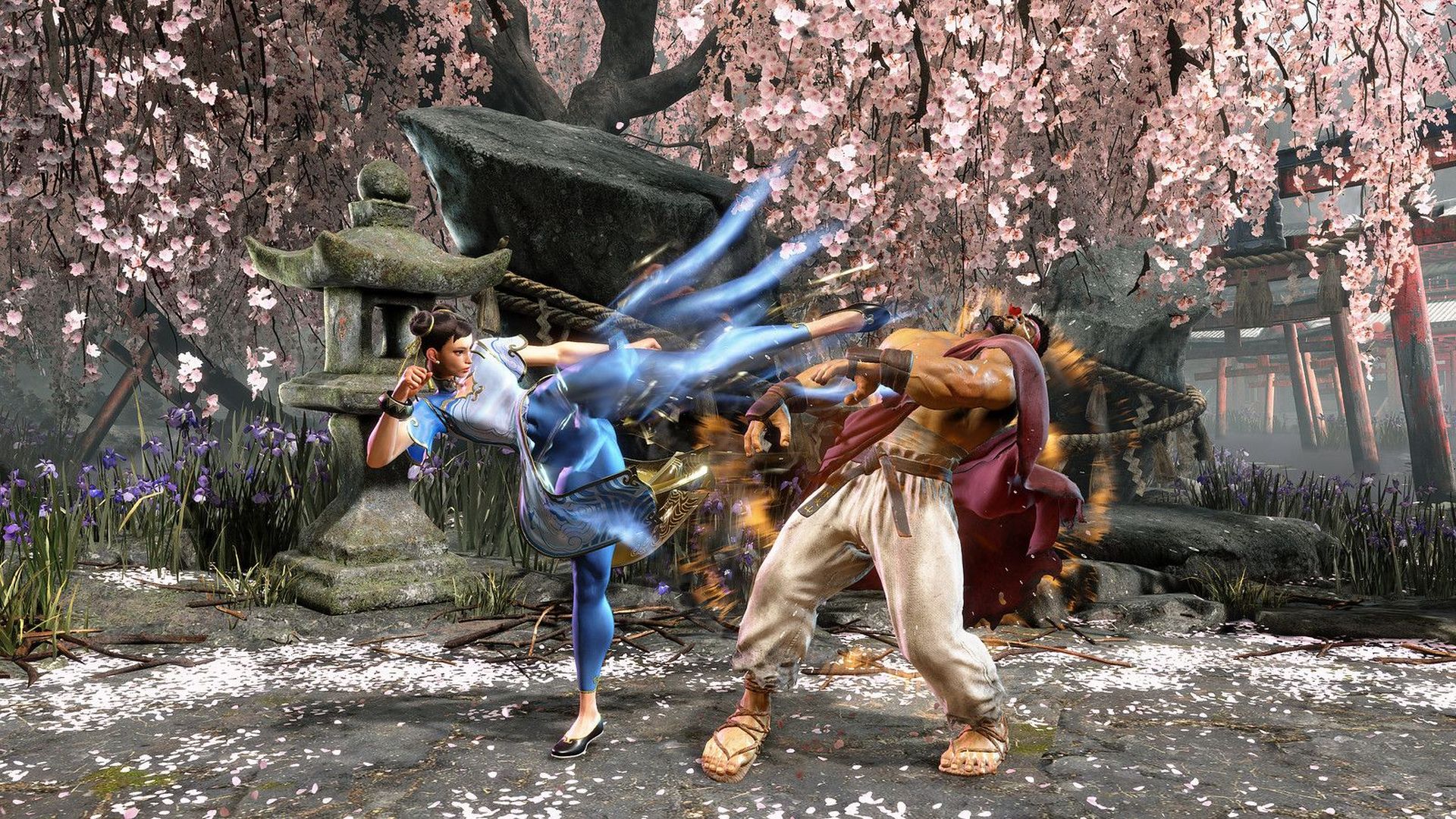

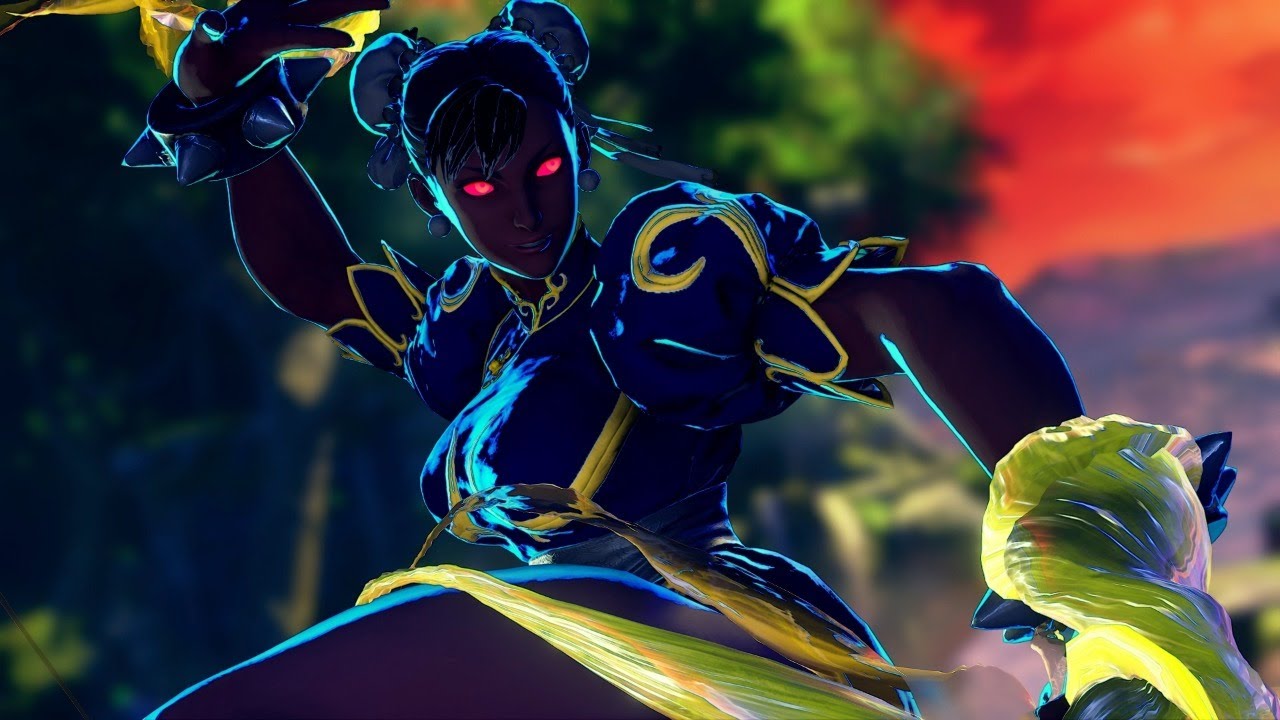

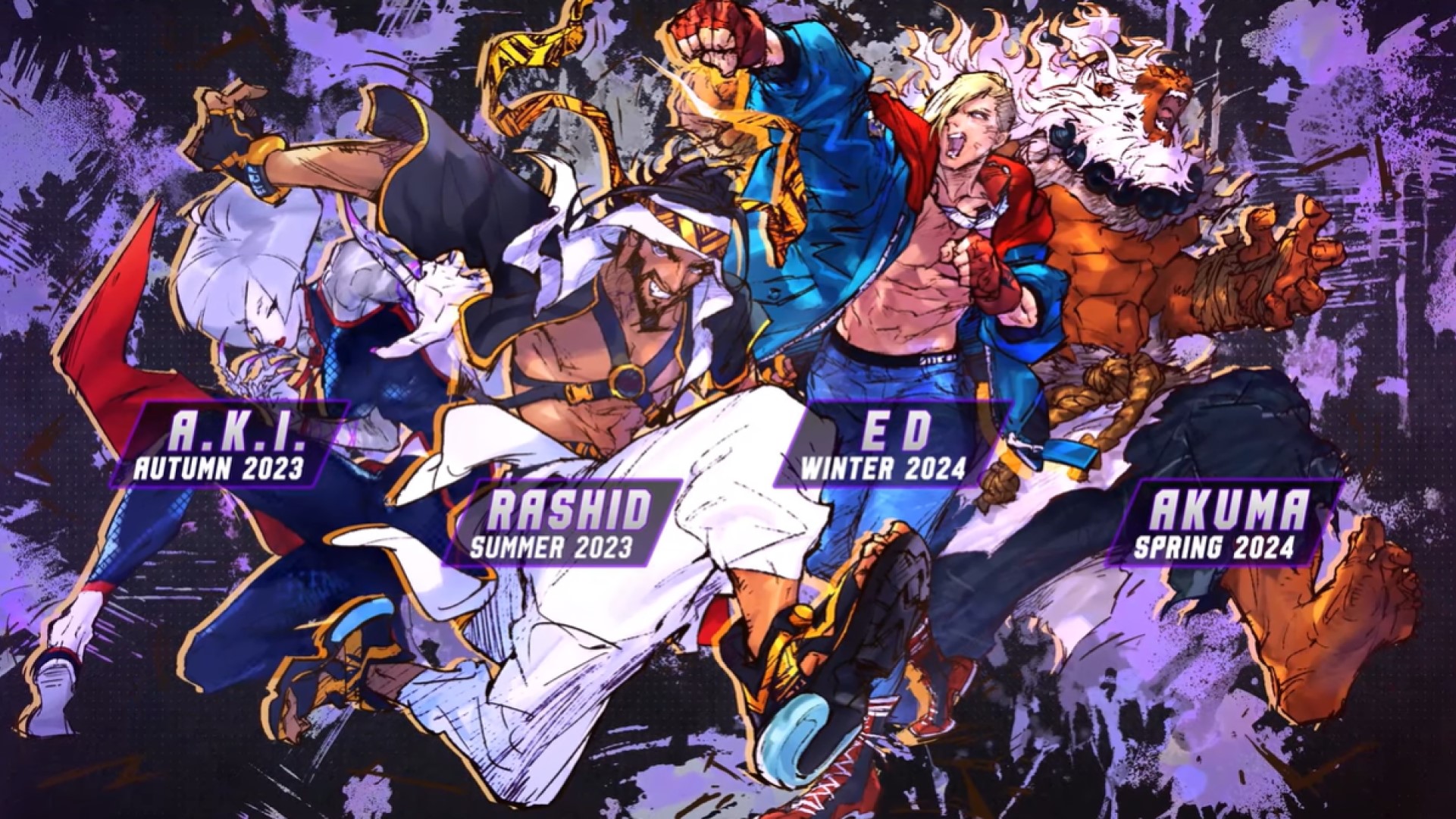
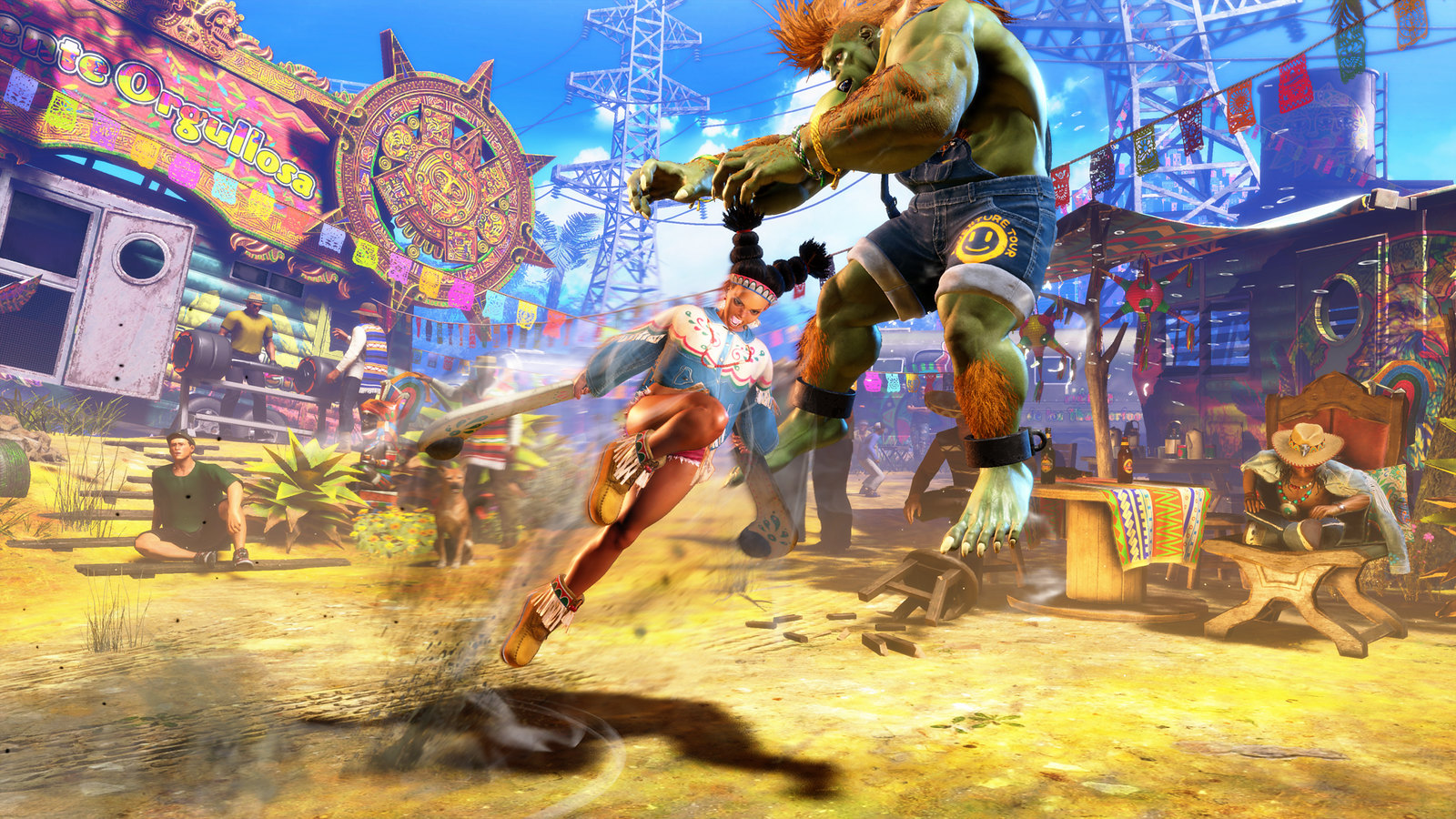
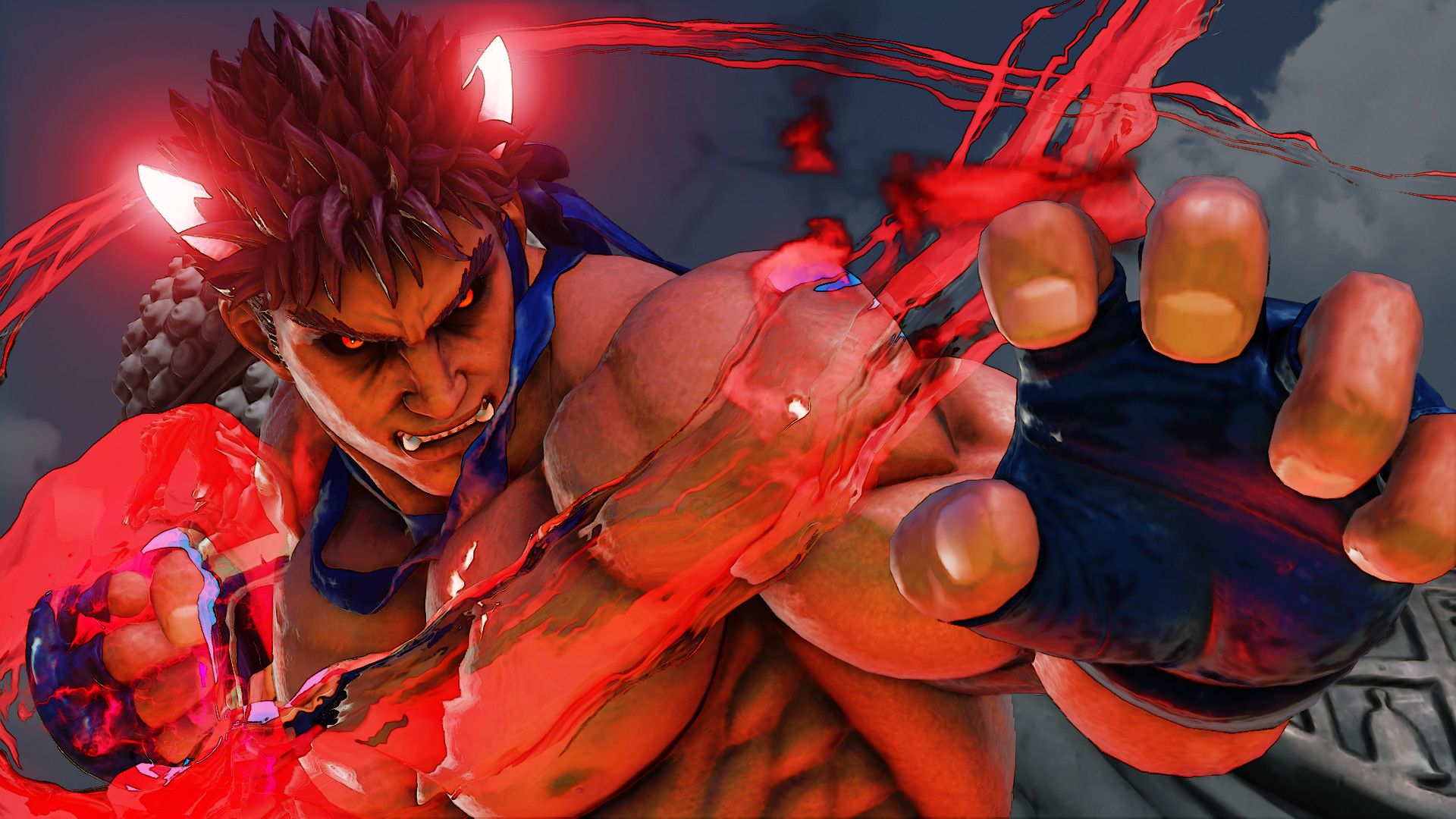
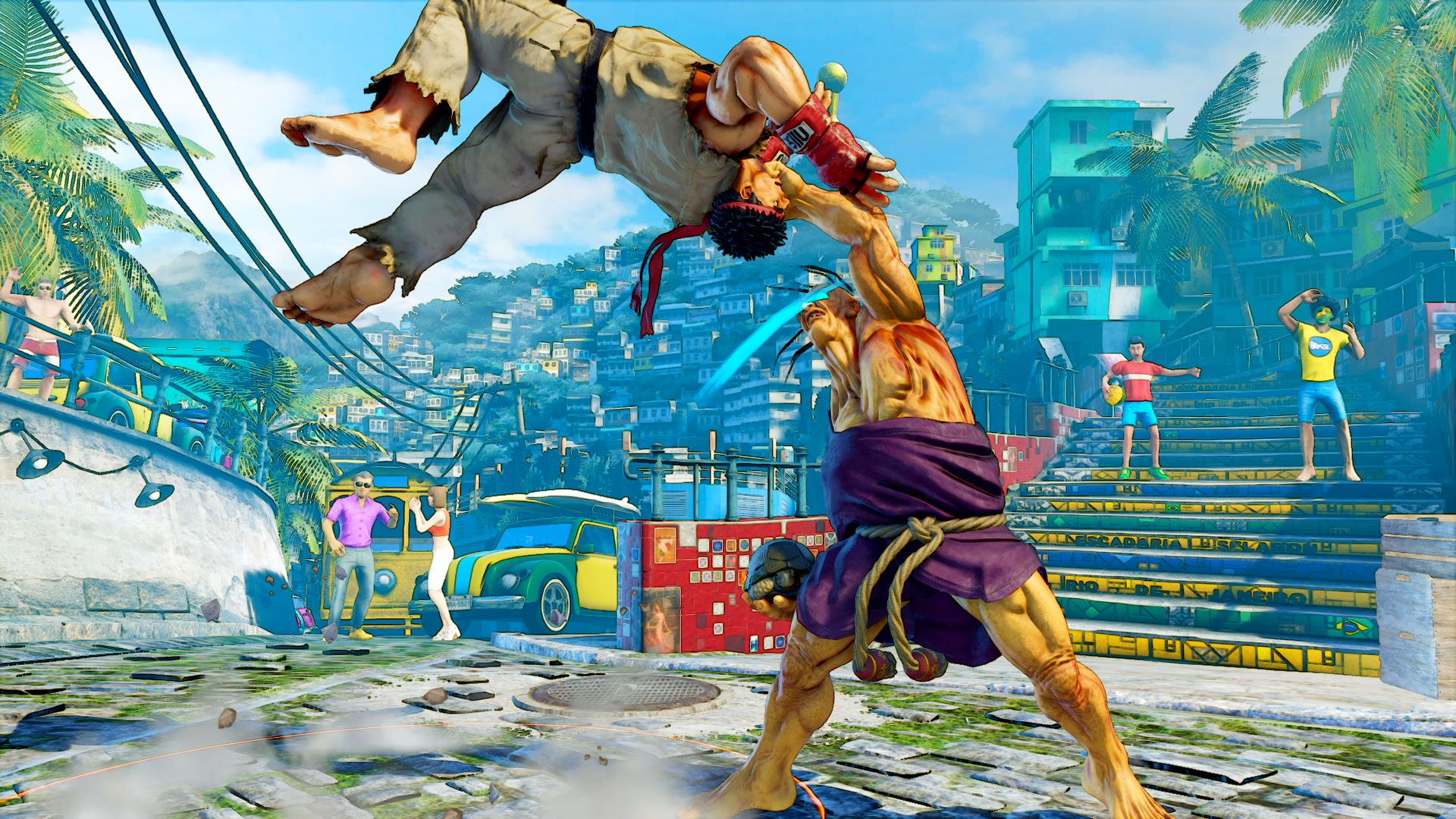
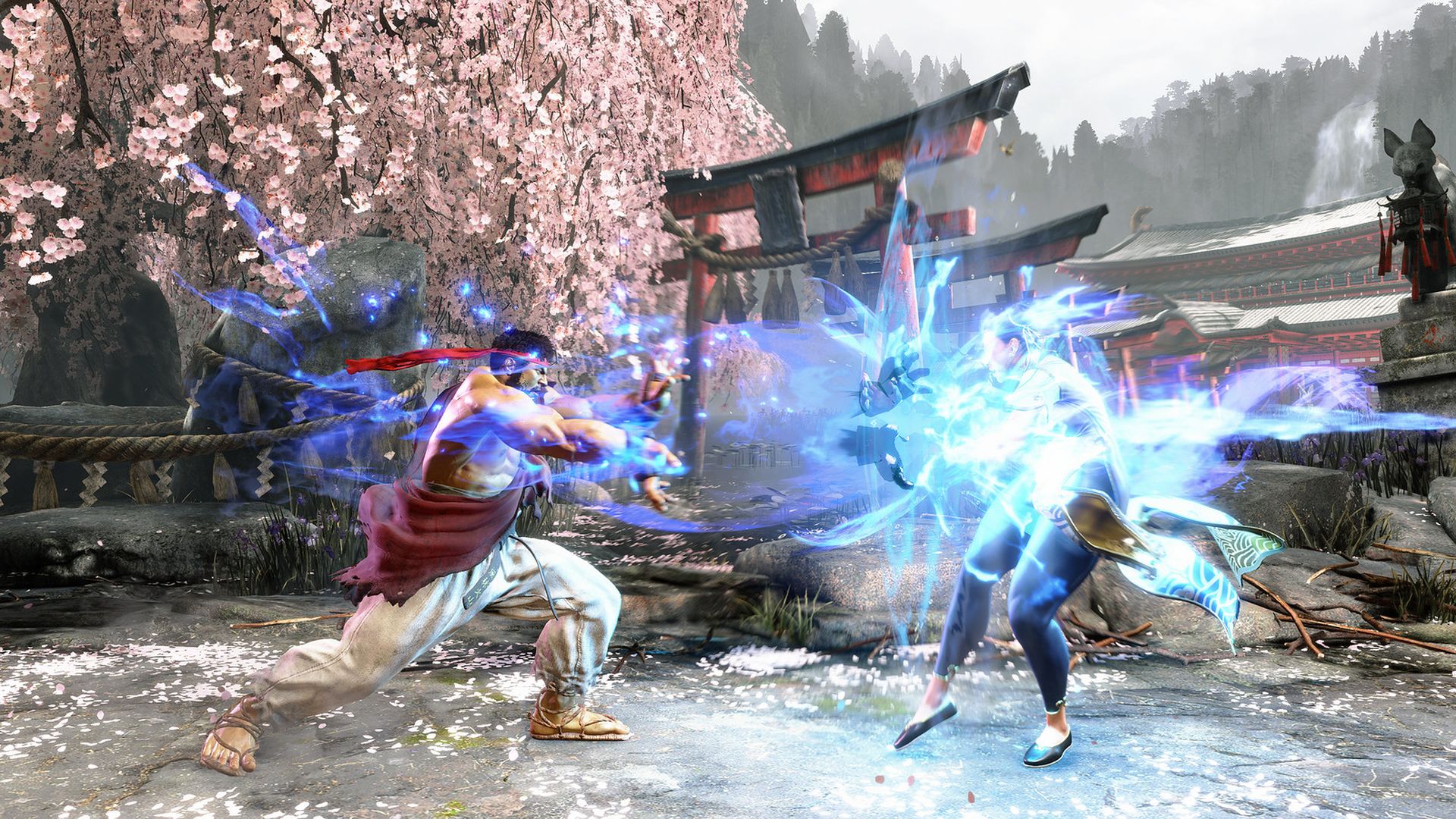

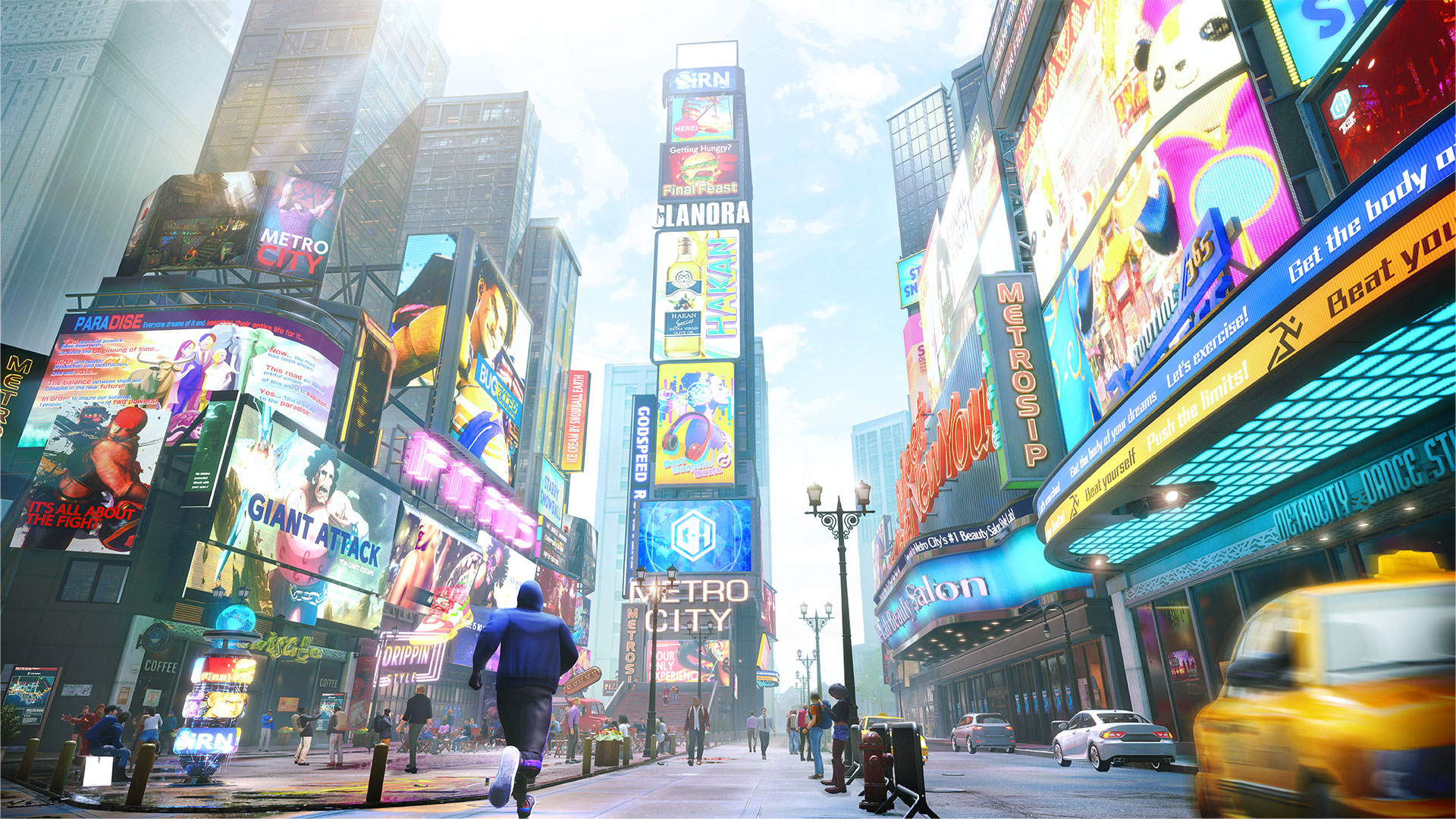

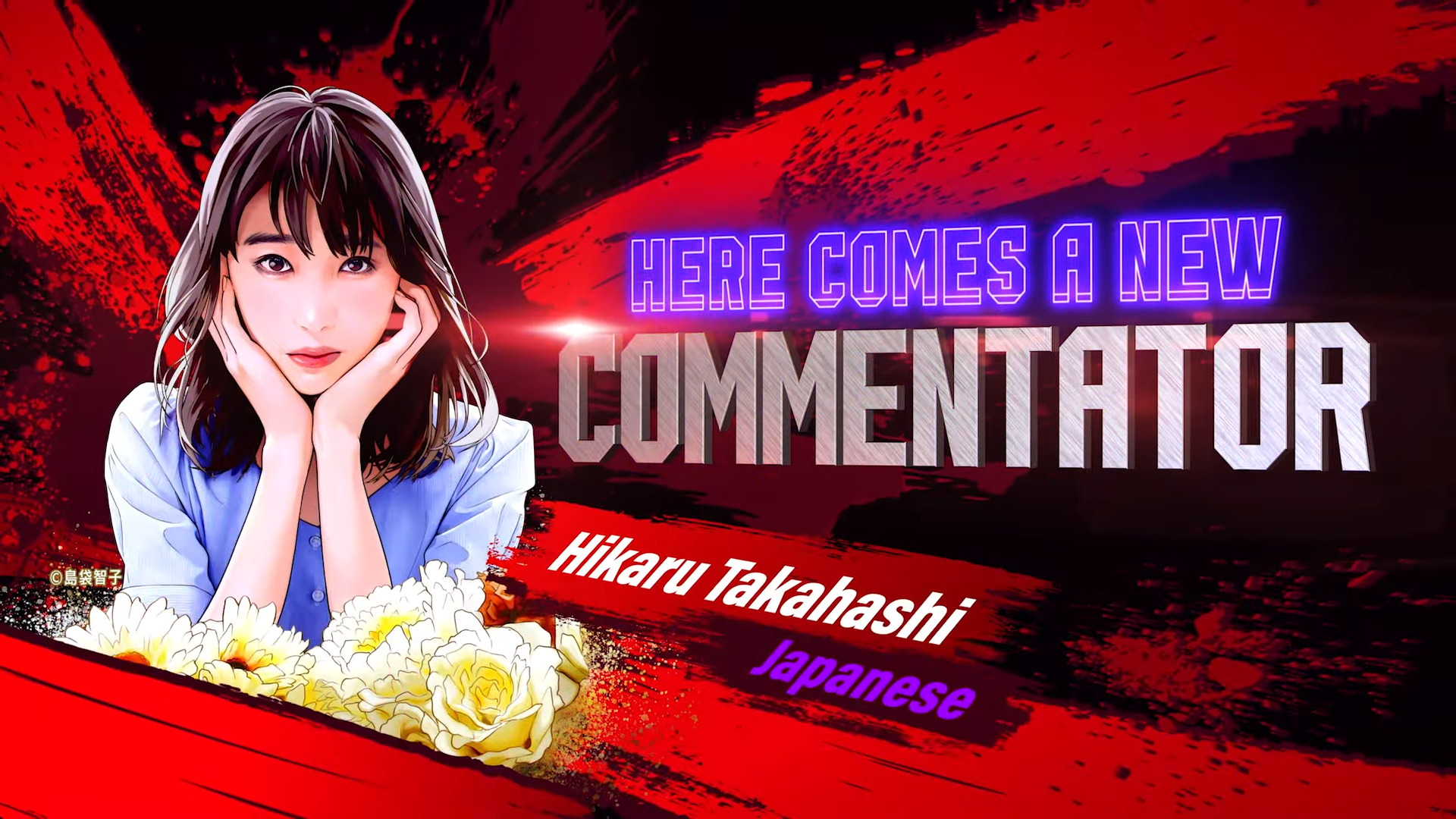
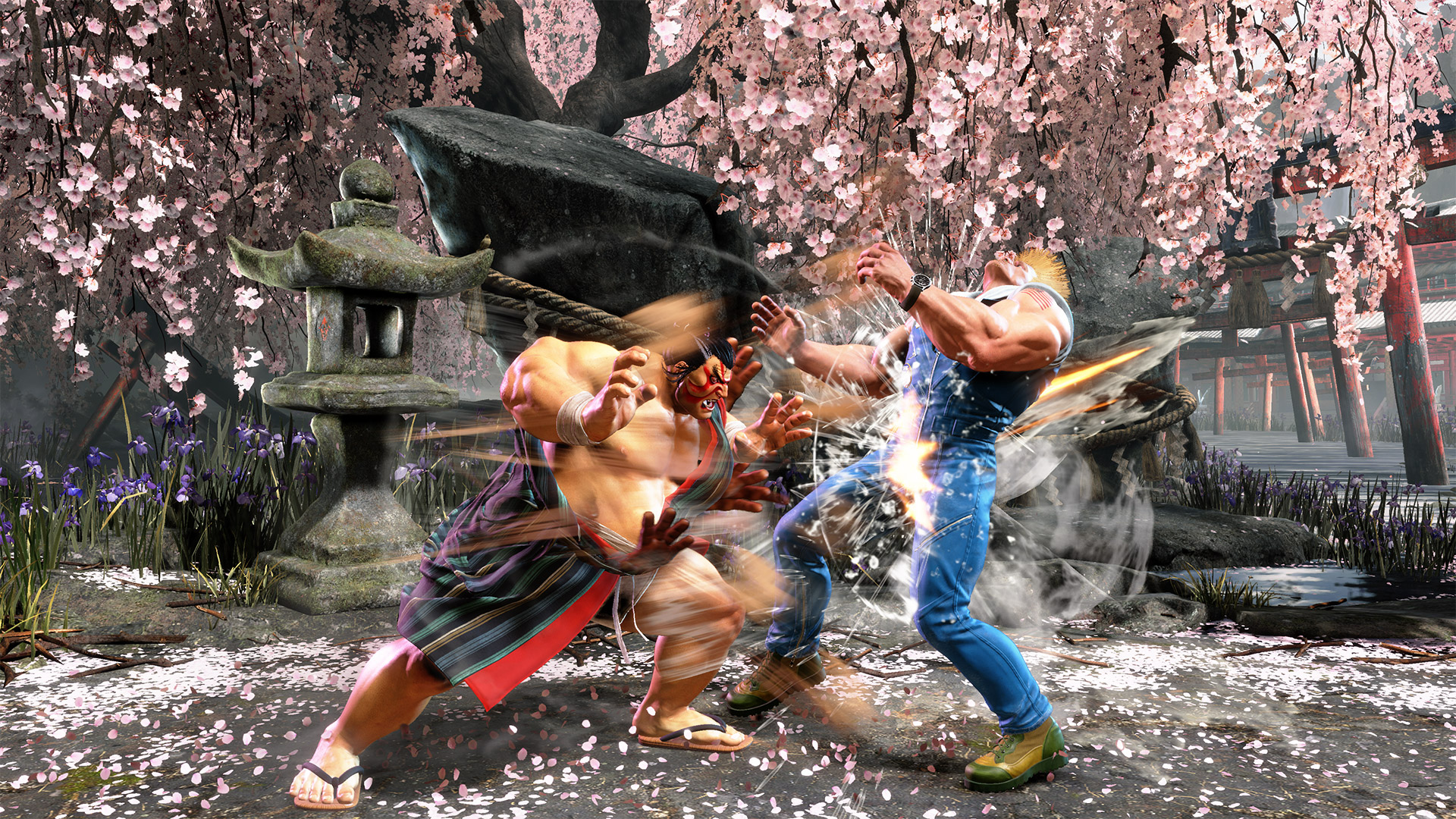
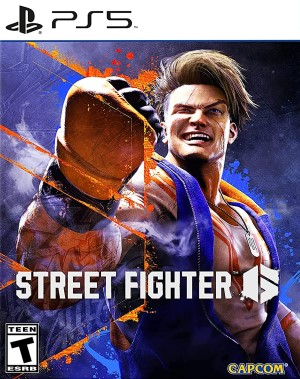


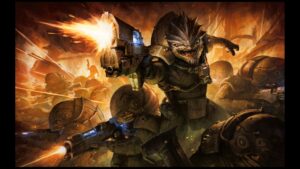
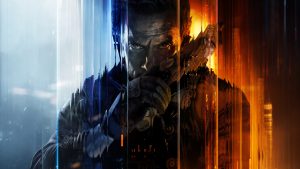
![15 More “Lived-In” Open Worlds You Must Play [2025 Edition]](https://gamingbolt.com/wp-content/uploads/2024/09/ghost-of-yotei-image-4-300x169.jpg)

